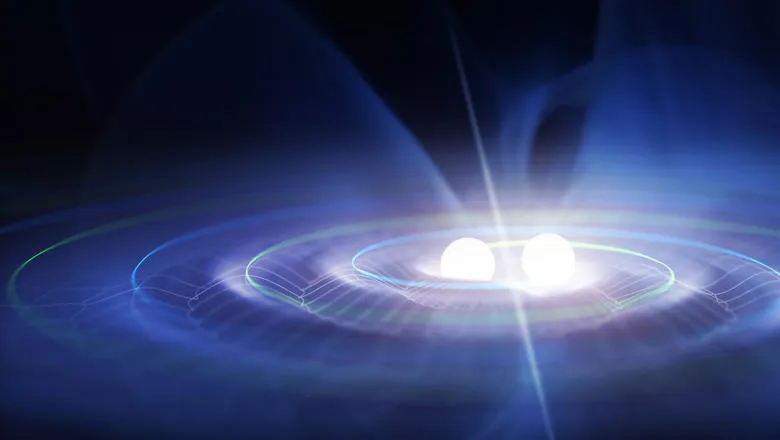14 February 2017
HIGGS LECTURE 2017
The Faculty of Natural & Mathematical Sciences’ annual Higgs Lecture took place on Tuesday, 7 February.

The Faculty was delighted to welcome Professor Sheila Rowan, from the University of Glasgow. Her lecture, titled Gravitational waves: prospects for a new astronomy, explored the development of optical materials for use in gravitational wave detectors.
Professor Rowan’s recent work was a crucial part of the Advanced LIGO upgrades, carried out between 2010 and 2015, which contributed to one of the most significant scientific breakthroughs of this century: the first detection of gravitational waves, announced in February 2016.
This was the fifth in what is now an established series of celebrated, public scientific lectures. Professor Rowan delivered the series’ second lecture in the area of physics, following on from Nobel Prize winner and King’s alumnus Professor Peter Higgs FRS after whom the series was named. Previous Higgs Lectures have been delivered by mathematician, Professor Caroline Series; biochemist Professor James Bowie and Professor Sir John O'Reilly.
Abstract
In September 2015 the twin ‘Advanced LIGO’ observatories allowed the first direct detection of gravitational waves from astrophysical sources. The waves detected originated from the collision and merger of two black holes 1.3 billion light years from earth. This detection marked the start of new field of gravitational astrophysics, in the 100th anniversary year of Einstein’s General Theory of Relativity. This talk discussed the first and second detections, the status of observations since then, plans for the global network of advanced gravitational wave detectors and what the future of the field might look like.
You can also view photographs of the event.
